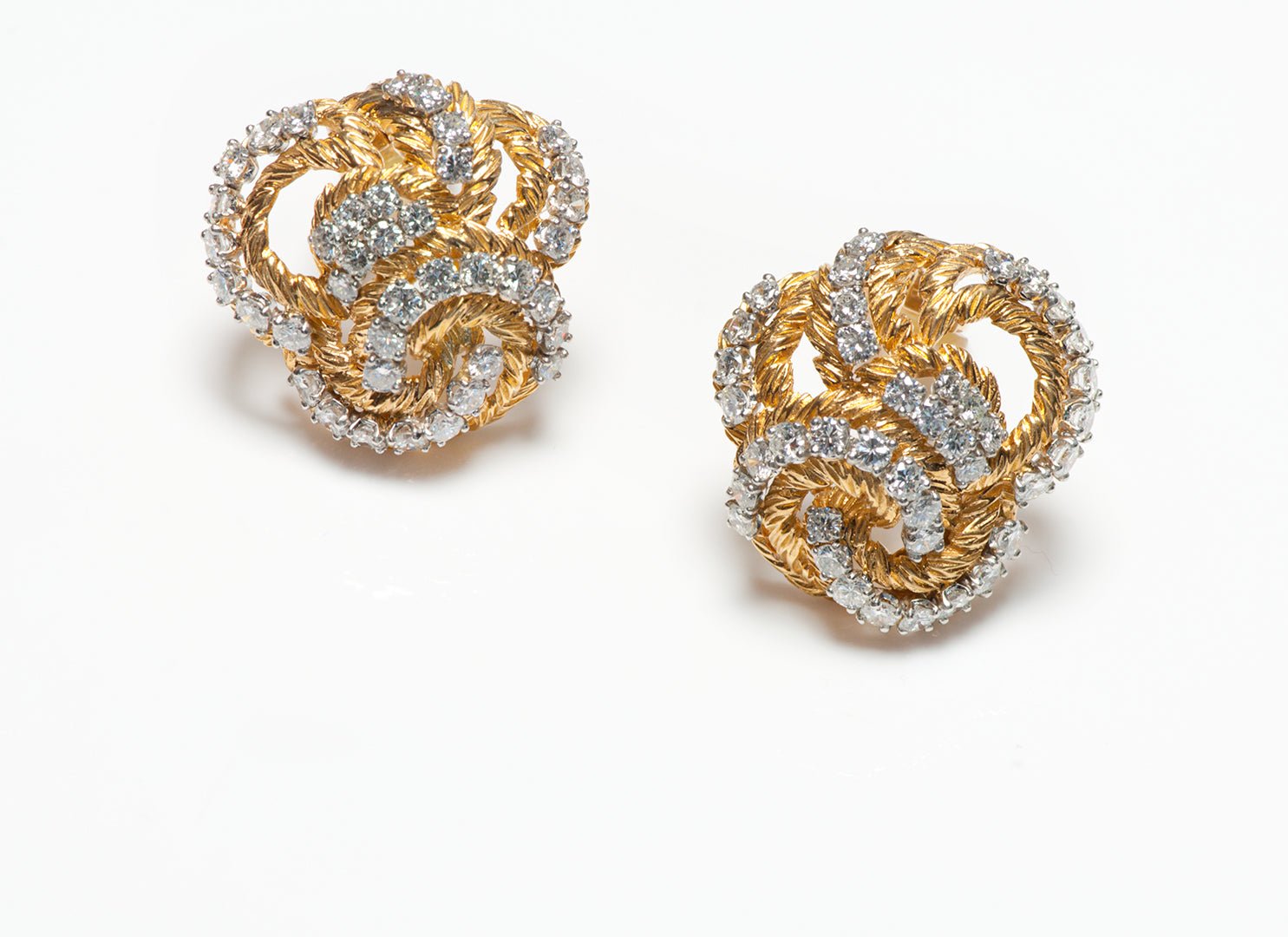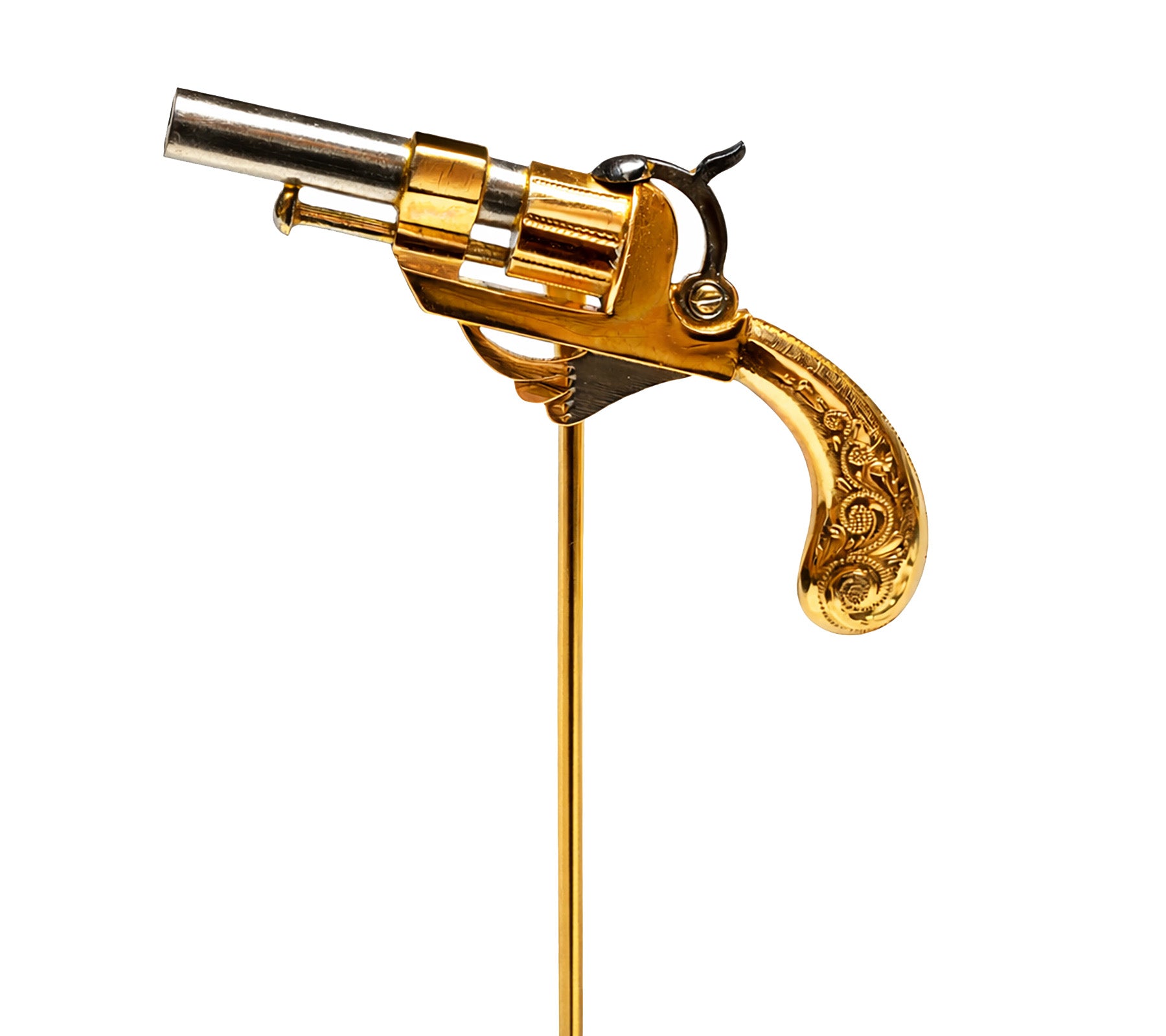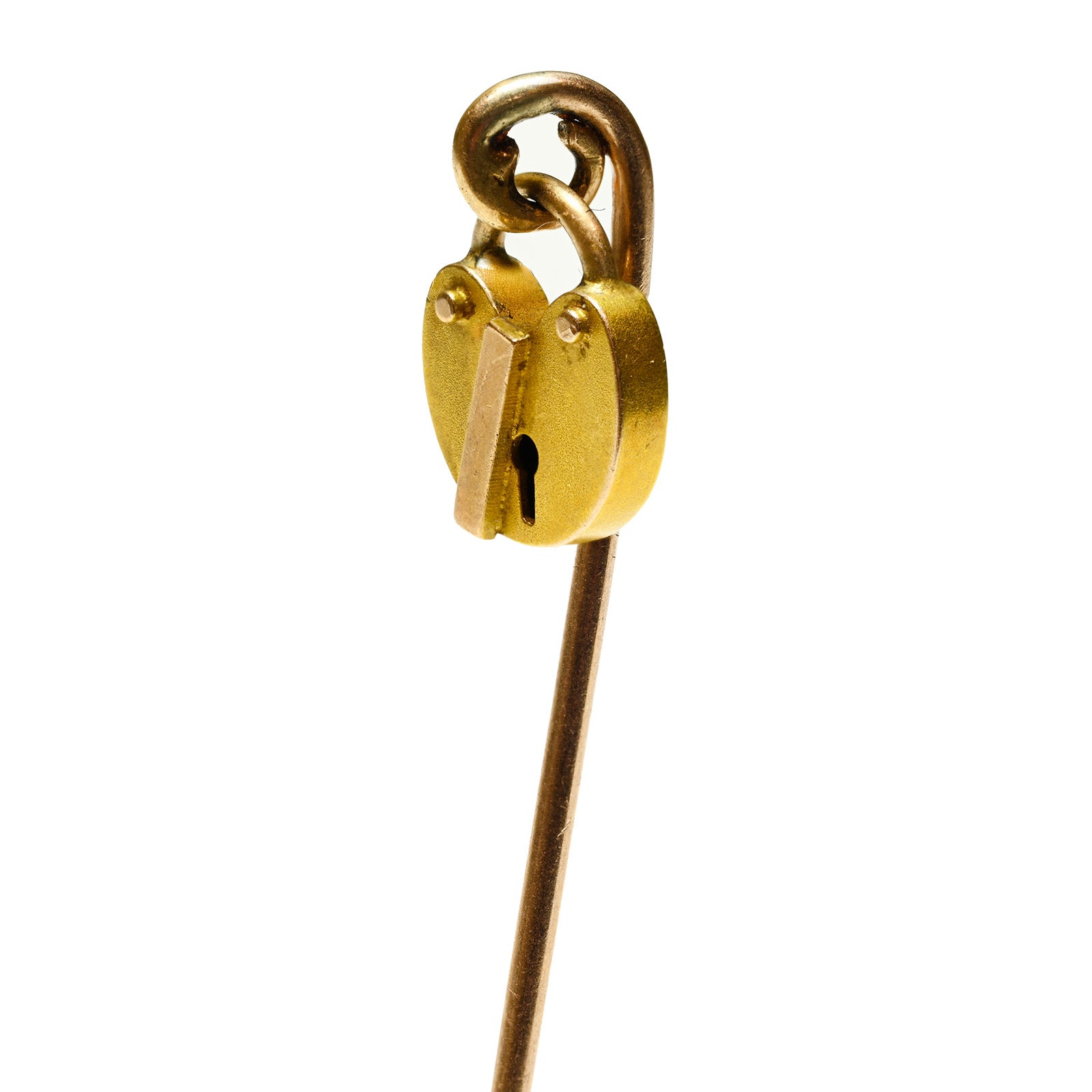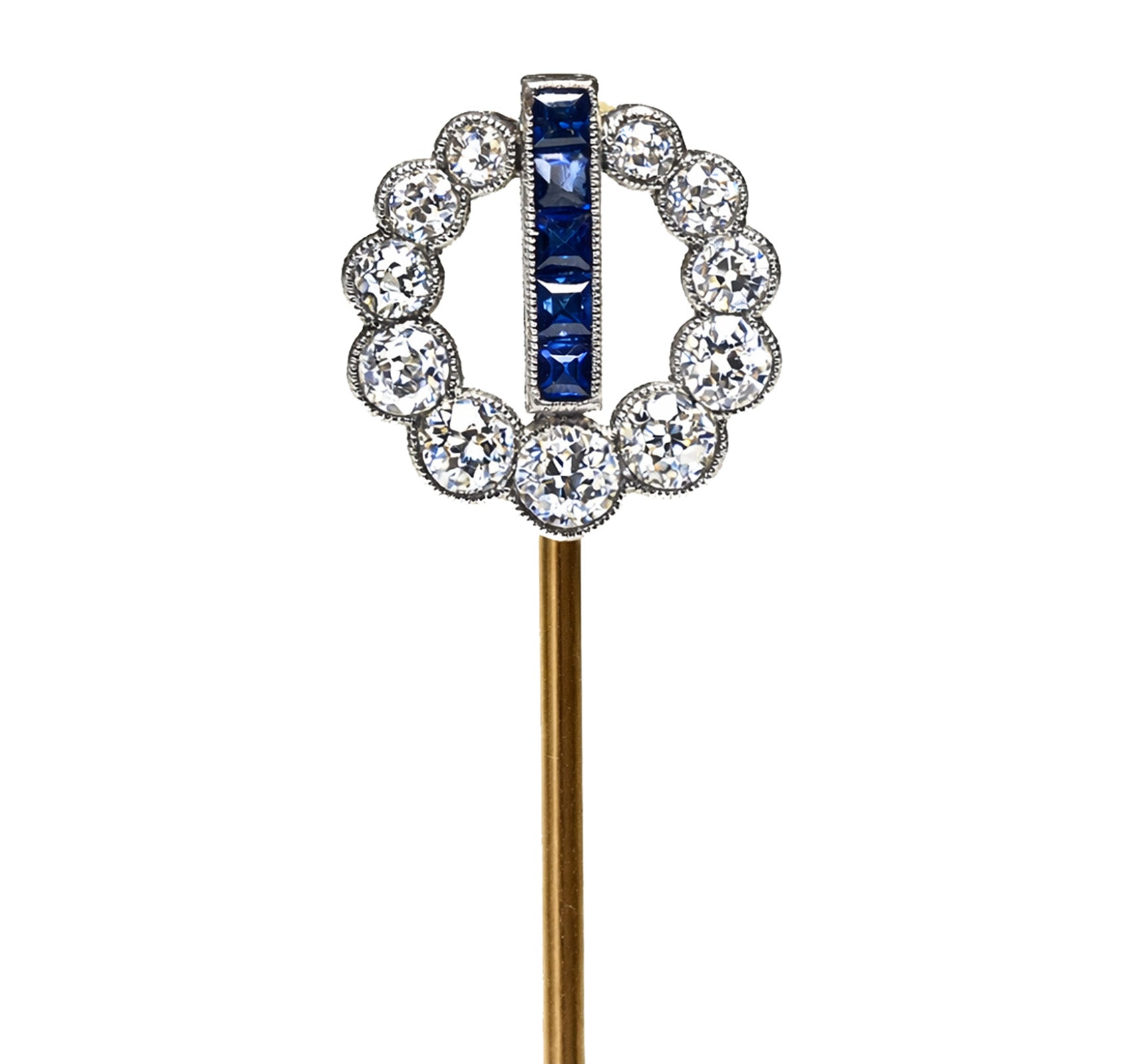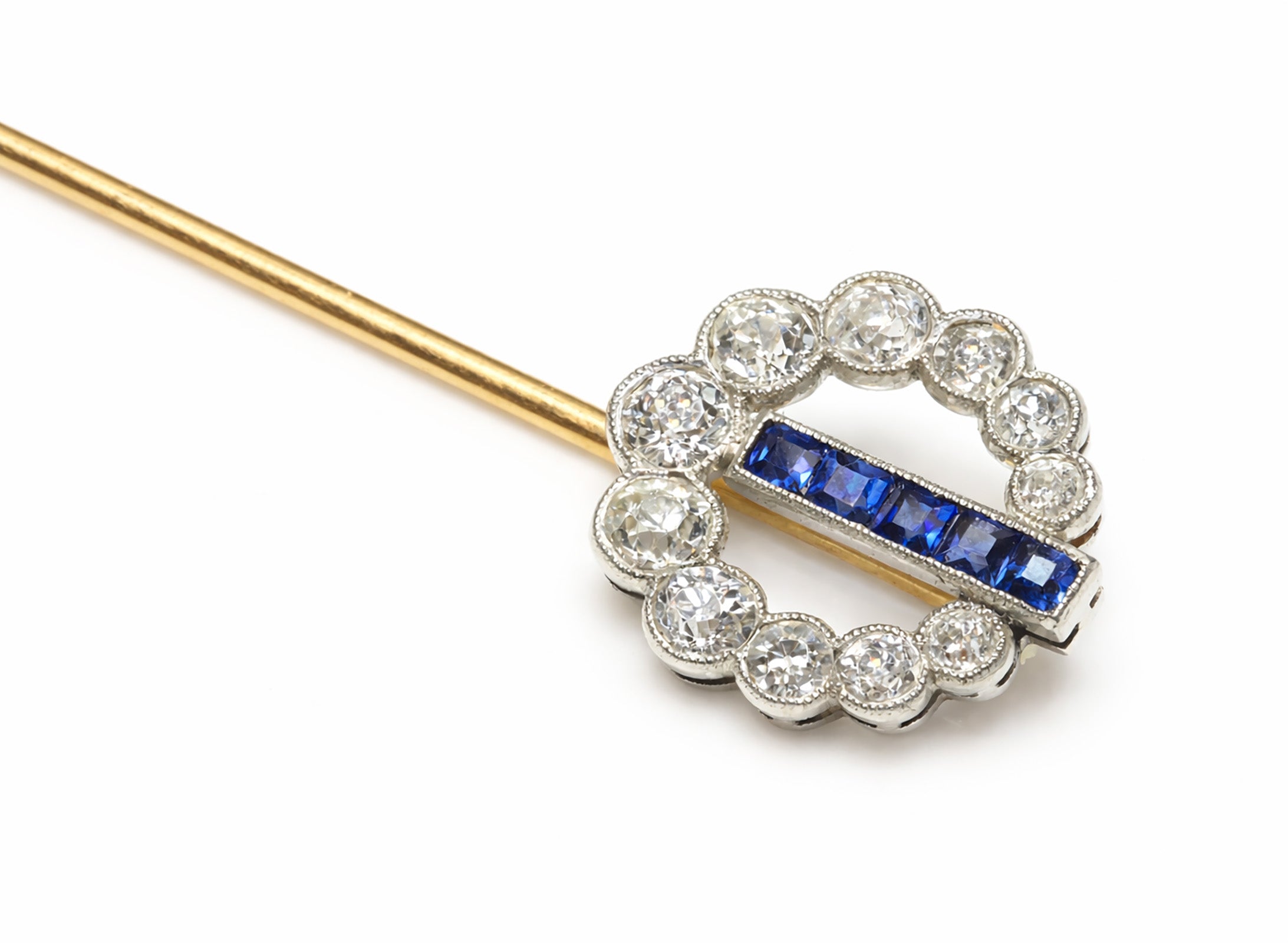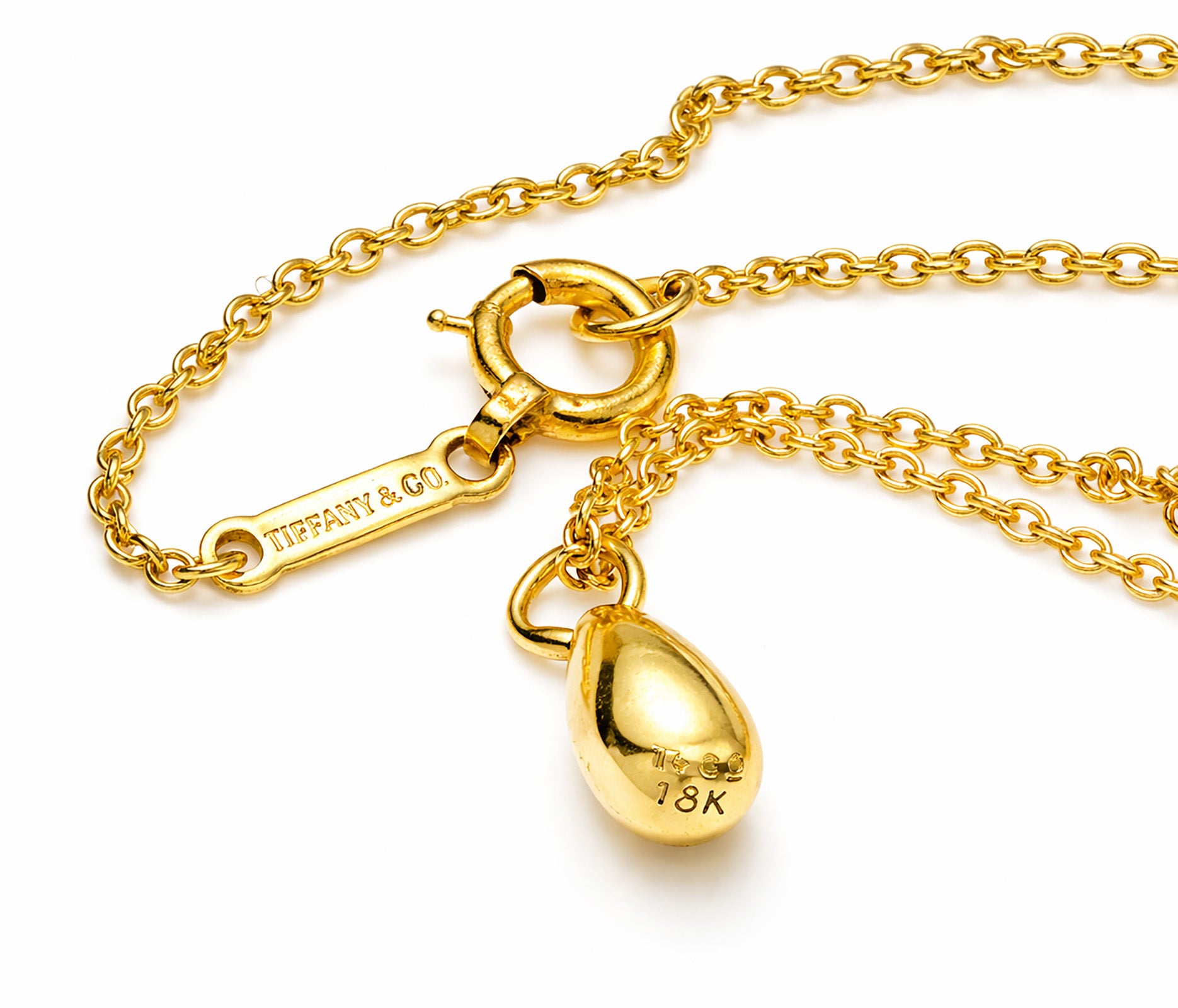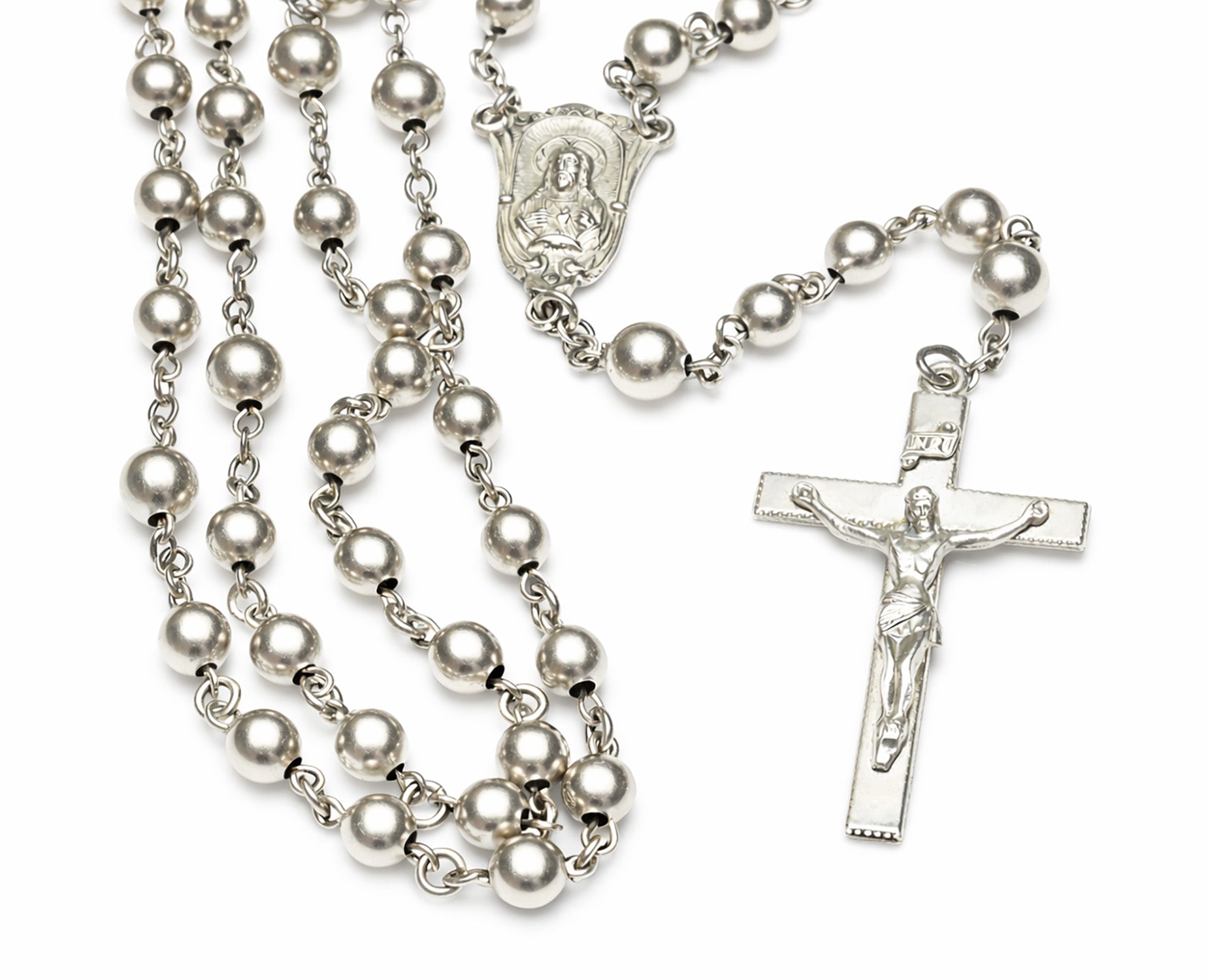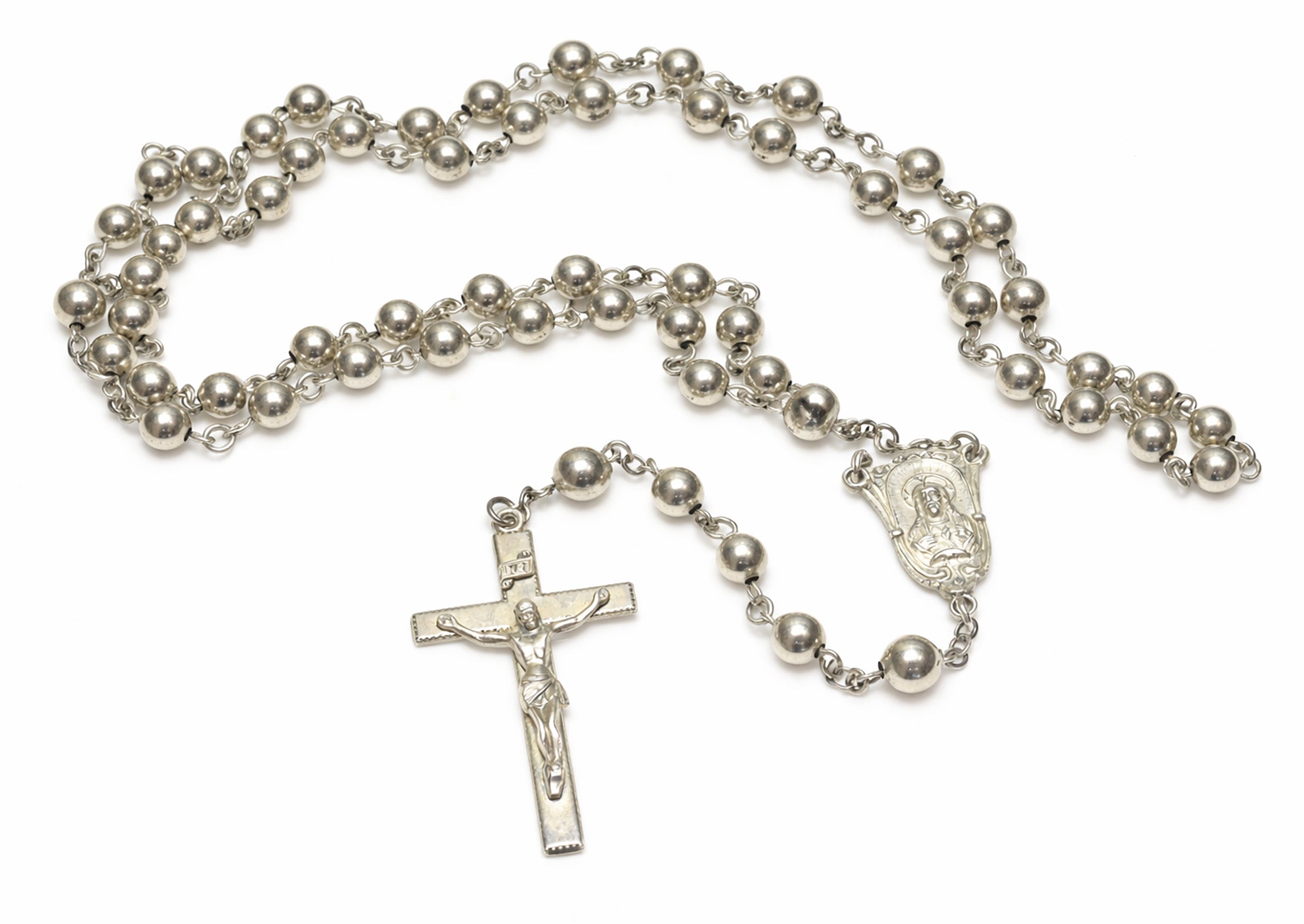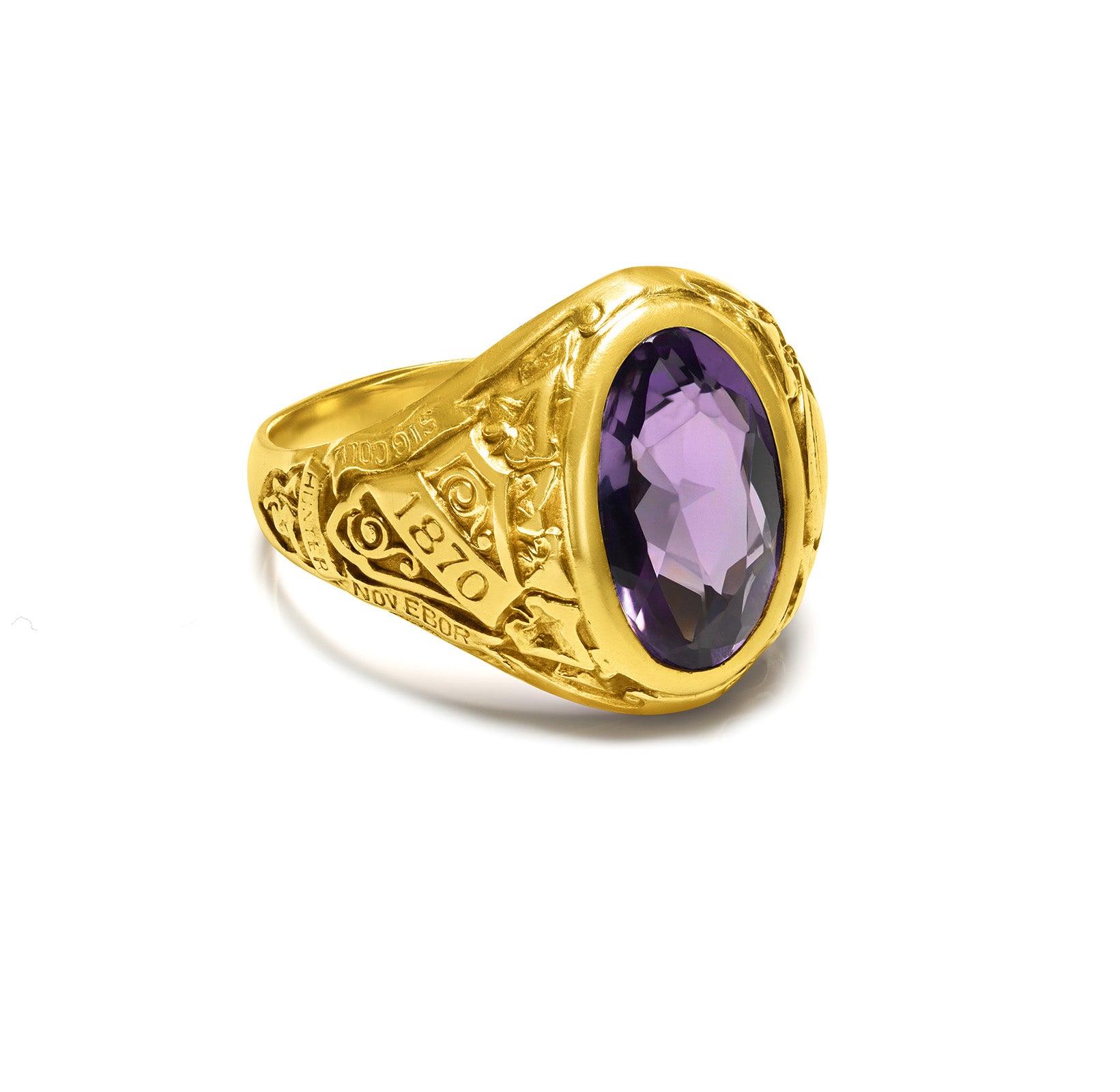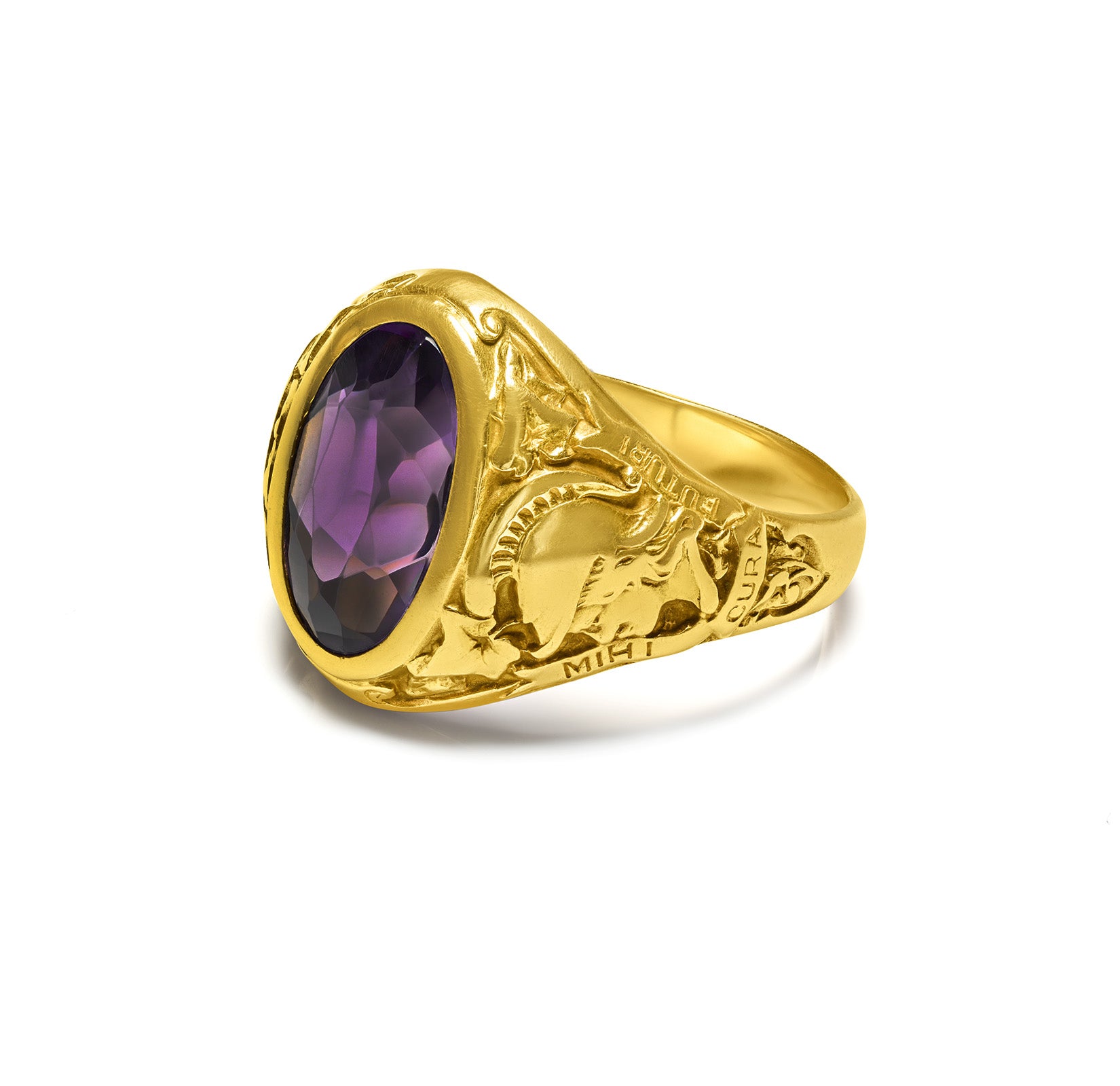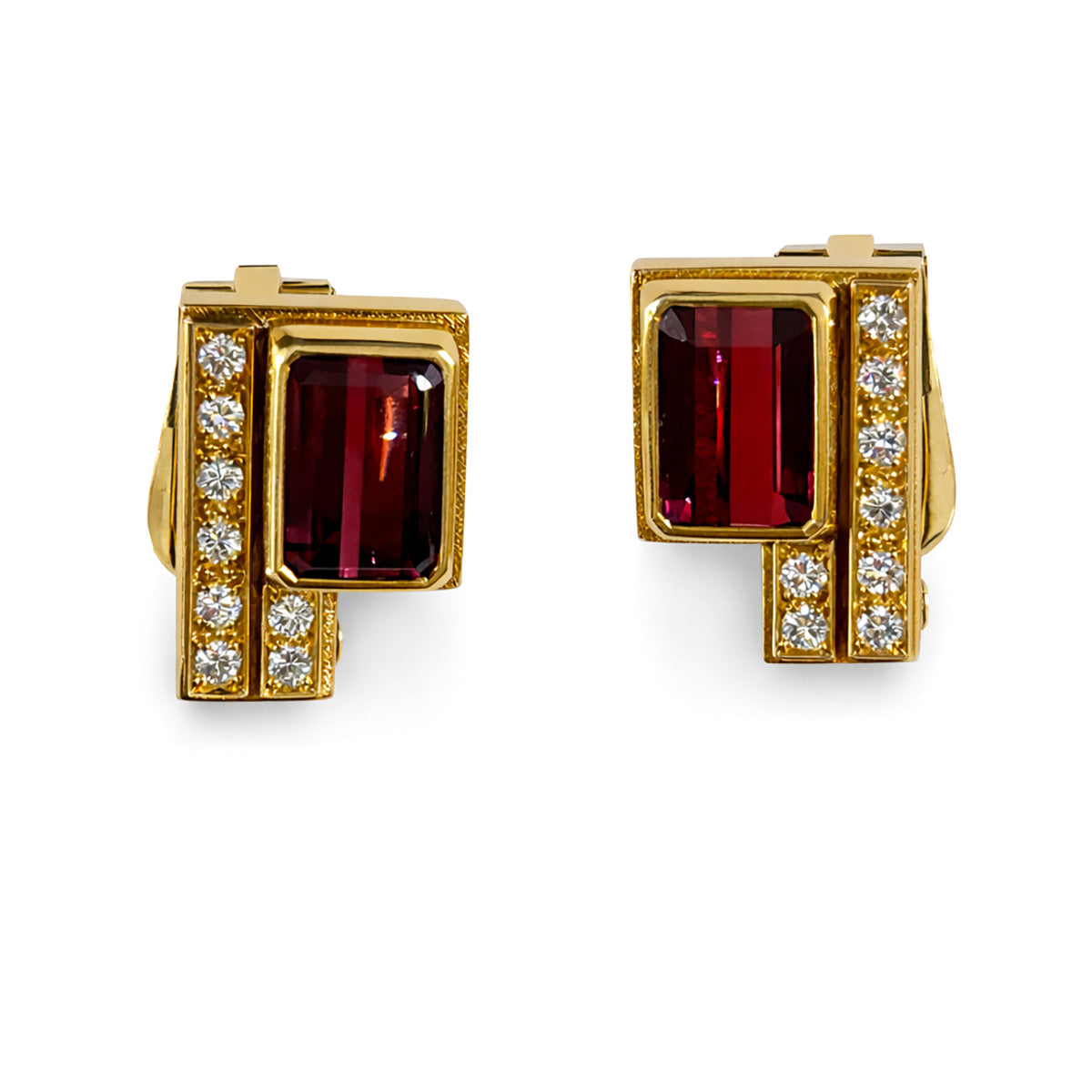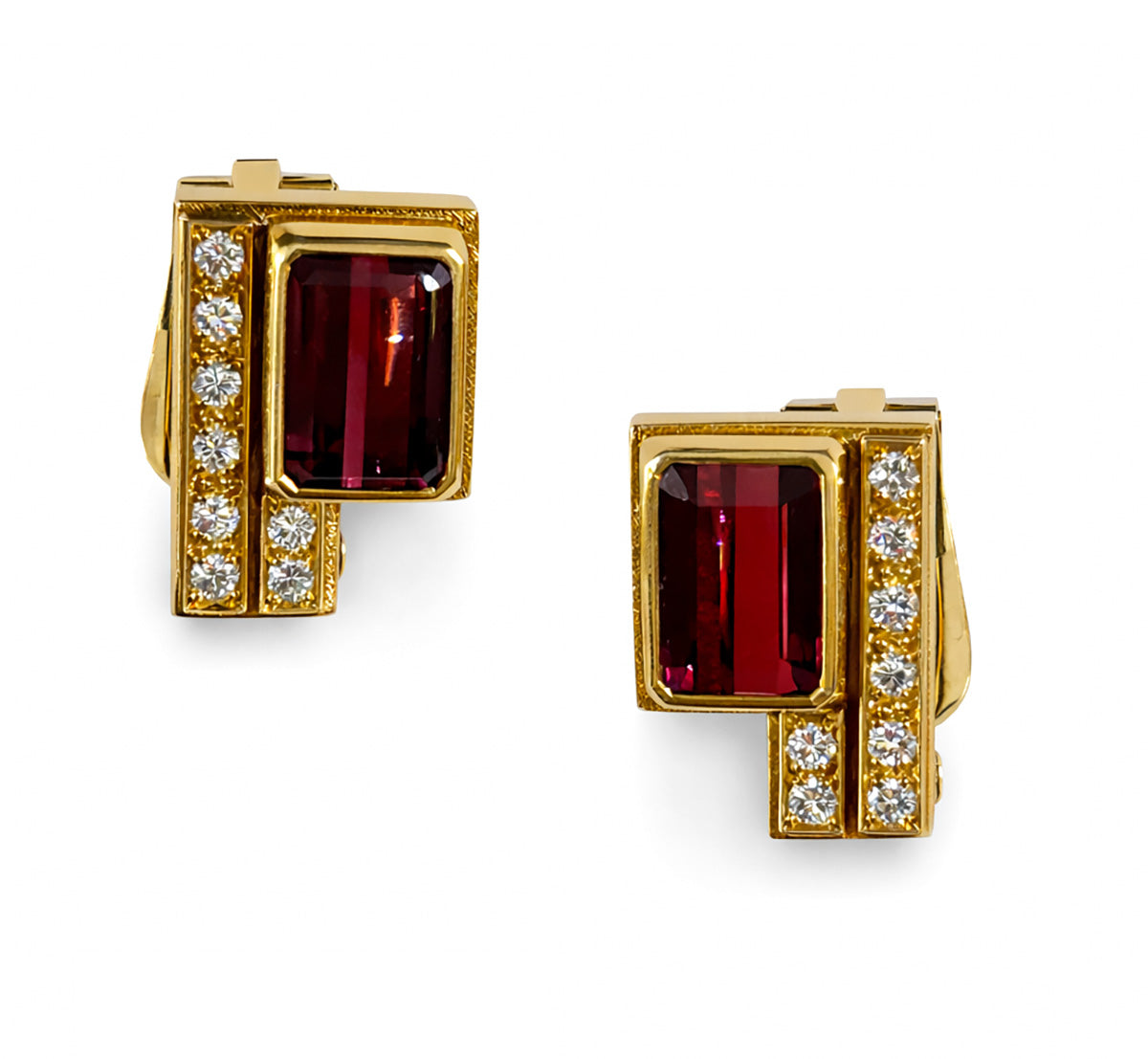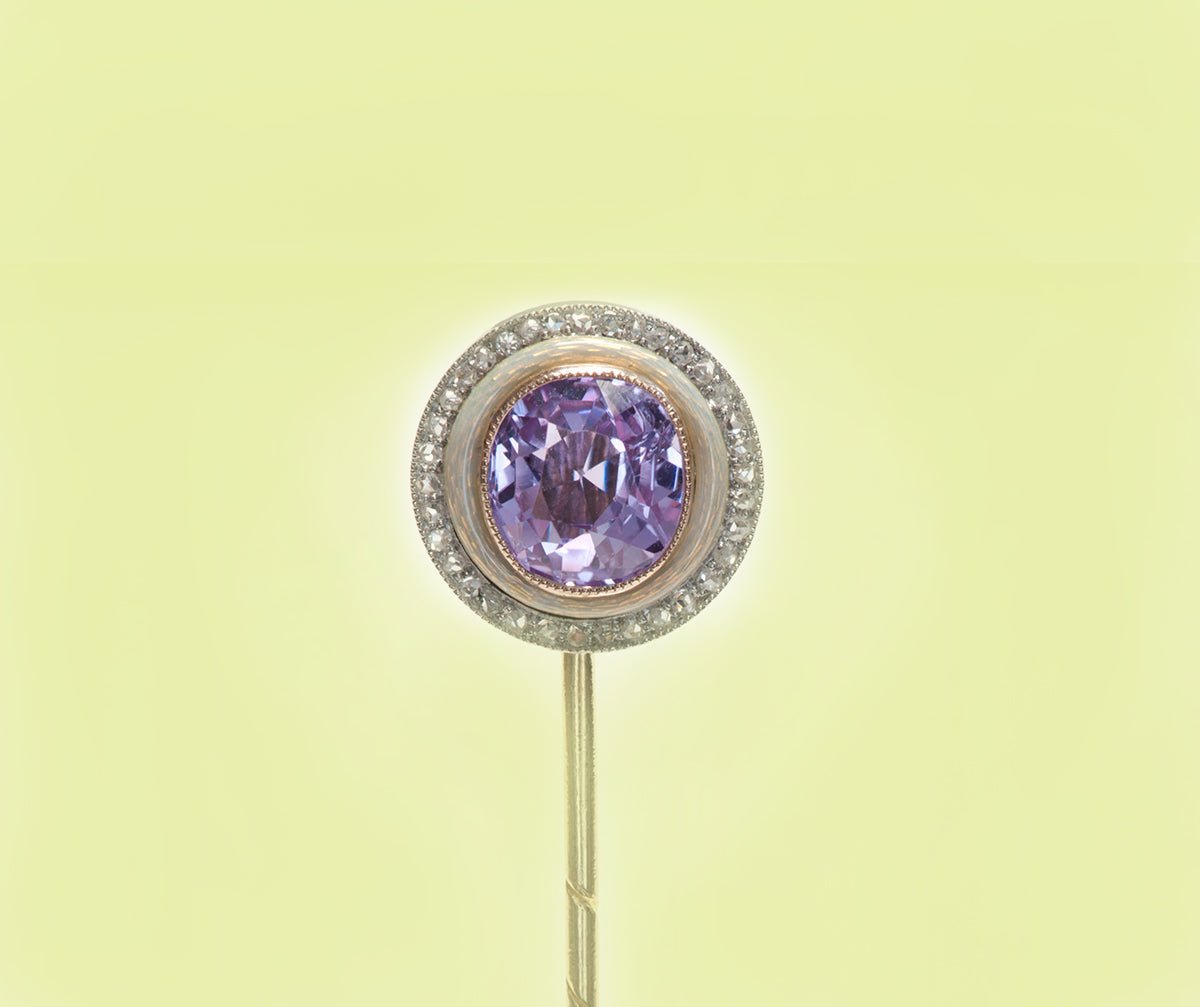
The Legendary House of Fabergé (I)
The House of Fabergé made history in "La Belle Epoque", its glory and reputation in the world of jewelry and decorative arts in unprecedented.
The art of Fabergé - the Imperial Jeweler to the Russian Tsars - is a global phenomenon.
Surely you have heard about the famous jewel-encrusted Fabergé eggs, but there are many more fascinating jewelry pieces and objects that are displayed in museums across the globe.
The History of the Fabergé House
The illustrious Fabergé name comes from a Protestant family, who, like many others, was forced to flee France in 1685, when the Decree of Nantes was revoked. This change was the origin of a massive exodus of French Protestants, who found refuge in countries such as England, Switzerland, Germany, and the Netherlands.
The Fabri family chose Germany, where they changed their name to Fabriger. In 1800, a certain Pierre Fabergé a descendant of that family of exiled Protestants, settled in Pernau, where he adopted Russian nationality. His son Gustave started the Faberge jewelry dynasty in 1842, when he set up his own shop on Balşaya Morskaya Street in Sankt Petersburg, after working for the famous Keibel House for a long time.
Gustav retired to Dresden in 1860, leaving the business in the hands of his director and associate, Peter Hiskias Pendin, and 10 years later the House was taken over by Pierre Carl Fabergé.
The "Fantasy Objects" of Fabergé
From this moment on, the enormous success of the Fabergé House is due to Carl's talent, which combines jewelry, artistic design, and utility in a wonderful combination that he called "Fantasy Object".
These "fantasy objects" possessed the sumptuousness and grandeur that corresponded to the new demands of an opulent society that had reached the pinnacle of European industrial prosperity.
What characterizes Fabergé's work is the fascinating jewelry pieces made out of small rosettes of diamonds and semiprecious stones harmonized with enamels of unusual colors and different shades of gold.
This unique approach, along with the high precision of his works, gives Fabergé objects not only this kind of extravagance that impresses at first sight but also a sense of delicacy and refinement. Only after a thorough examination of the jewelry piece can one appreciate it at its fair value.
You can observe this special "Fabergé quality" in all sorts of objects, such as cigar cases, perfume bottles, chocolates, writing objects, pin sticks, etc.
Fabergé Become Synonymous with Opulence
Among the refined elite of the "Belle Epoque", the name Faberge became synonymous with a certain lifestyle, elegant and sophisticated. No one was completely "chic" if he couldn't become a Fabergé customer.
To satisfy very high demand, Fabergé had to resort to all the elements of his imagination and decided to enrich the palette of emails, once experienced all possible forms in his particular style. Certain colors of enamels launched by Fabergé as absolute novelties provoked enthusiastic passions, such as raspberry red enamel, which turned into the favorite color of London society, or opalescent pink, which shone in Parisian elegance.
Fabergé also knew how to adapt his sumptuous style to the advanced technology of his time.
The famous artisan produced his jewelry pieces according to his own designs, but also made certain customized pieces at the customer's request. For example, a series of brooches representing the Russian crown, drawn personally by the tsarina Alexandra Feodorovna, to give as a gift to her ladies of honor. The brooches were meant to honor the birth of the heir to the throne, in 1904.
Another outstanding talent of Fabergé was that he knew how to perfectly interpret the wishes of his clients and turn them into reality, thanks to his artistic inspiration and the various techniques he applied. This is perhaps the main reason why Fabergé became the master of master jewelers of this time.
The Fabergé House on the elegant Balşaya Morskaya Boulevard was not only a special attraction for the Russian high society, but also for customers from all over the world, who came on pilgrimage to Sankt Petersburg to admire the latest creations on display in the company's salons.

